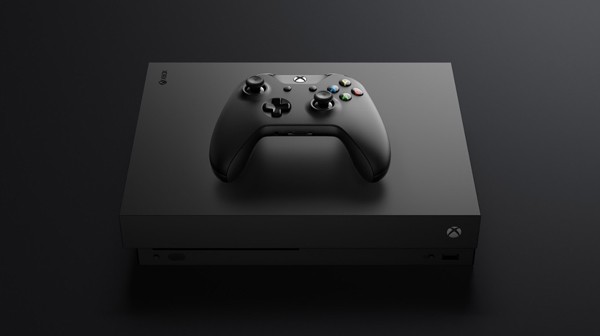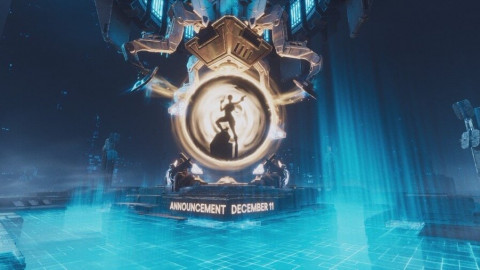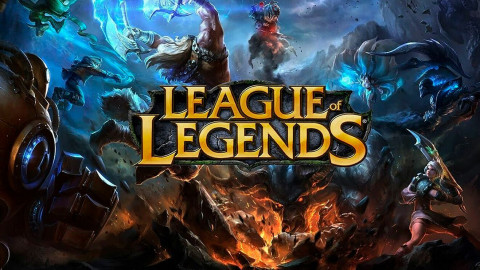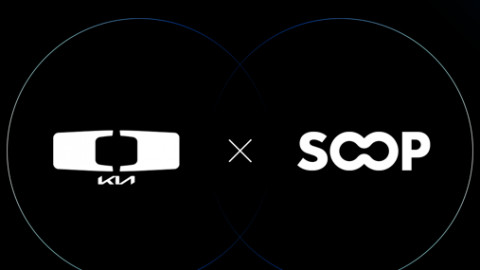
When the PlayStation 4 and Xbox One were in their infancy, naysayers proclaimed the death of the video game console. With the rise of smartphone games and the decreasing price barrier for capable PCs, dedicated gaming systems simply didn’t make sense for the average player.
How wrong they were. Since its launch in 2013, the PlayStation 4 has managed to sell more than 73 million systems. The Xbox One, which stumbled spectacularly out of the gate, has still managed to sell about 26 million systems during that time, and the Nintendo Switch has sold more than 10 million systems in under a year. Consoles aren’t dying, and they’re still the preferred way to play games for millions and millions of players because of their ease of use and library of exclusives. But it has now been more than four years since the current generation of consoles were first released – is it time for us to move on, and what can we expect to come next?
Held back from the beginning

The Xbox 360 and PlayStation 3 were positively ancient when they were replaced by the current-generation systems, and it was evident that they had begun to technologically plateau in the last few years of their lifespan. Games like Assassin’s Creed III and Dishonored felt like they were being held back by the limitations of their systems, and by extension, this limited what was possible on the PC versions of both games.
An upgrade was undoubtedly necessary, but the improvements seen on both the PlayStation 4 and the Xbox One were more incremental than fans might have expected. In 2006, the original Gears of War blew players’ minds with its detailed environments, smooth controls, and gratuitous gore. This sort of immersion simply wasn’t possible on the original Xbox and gave curious players a reason to pick up the system. Resistance: Fall of Man served a similar function on PlayStation 3 – as a kid who could only own one of the two systems, it made me jealous.
I was fortunate enough to get both the Xbox One and PlayStation 4 at the beginning of the current console generation. The new, snappy interfaces – particularly on Sony’s machine – were superior to the older systems, and the ability to control games with your voice, a touch pad, or movement certainly helped them when it came to back-of-the-box feature lists.
But when it came down to the games, they didn’t look all that different from those we had already played. Sure, Killzone: Shadow Fall looked gorgeous, but it failed to add anything substantial to the series. Dead Rising 3 looked like it could have been released for Xbox 360, save for the increased number of zombies on-screen. Several third-party games, such as Assassin’s Creed IV, were released on the older systems, and the improvements seen on the new $400 and $500 systems required a side-by-side comparison to even notice. Edward Kenway’s facial hair is slightly more defined. The draw distance has been improved by several meters. The resolution has been increased.
A Band-Aid solution

The consoles have been struggling to keep up with mid to high-end PCs ever since, rarely offering a similar level of performance in AAA games. Nintendo decided to avoid chasing this uncatchable target with the Switch, which offers portability and ease-of-use instead of raw power, but Sony and Microsoft were too far down this road, and the PlayStation 4 Pro and Xbox One X were intended to bridge the gap between the old and the new.
The PlayStation 4 Pro has only been moderately successful at doing this, mostly with increased framerates and upscaled 4K resolutions on certain games. The Xbox One X, however, made more significant improvements. Many games can now run in native 4K resolution at 60 frames per second. Visual details like particle effects and textures are improved. With 12GB of GDDR5 RAM and a 6 TFLOP GPU, it can compete with the PC market to offer an affordable place to play games at high or “ultra” settings.
The problem has nothing to do with the Xbox One X itself, but rather the limitations Microsoft has put on the machine’s potential. In order to keep its community of players together across all devices, the Xbox One X has no exclusive games – it simply plays Xbox One games at higher settings. In other words, any game playable on Xbox One X also has to be able to run on Xbox One S and original Xbox One. The Xbox One X is certainly the world’s most powerful console, but without being able to develop games that take full advantage of its guts, does that really matter?
A new beginning

The PlayStation 2 was the runaway success story of the early 2000s. It managed to topple both the Xbox and the GameCube because of its excellent lineup of first-party games and a number of third-party exclusives, even though it was the weakest of the three. Microsoft only took a few years before it realized it was time for an Xbox that would put PlayStation to shame, and the Xbox 360 released in 2005 – it was a short window, but the move helped Microsoft quickly gain momentum that continued until near the end of the generation, when Sony’s roster of first-party studios had released several big-name games.
For Microsoft, the time for a new console is quickly approaching. Only with a fresh start – a new, powerful machine and an exclusives-first mindset – can the company regain its spot as the king of the console wars. The Xbox One X’s release likely delays the release of a new system until around 2020, but this isn’t necessarily a bad thing. With Microsoft pledging to start and purchase new game studios, the fruits of this labor wouldn’t be seen for a few years, anyway. In the meantime, Xbox fans will have to suffer as the PlayStation 4 keeps pumping out exclusives, but it isn’t unfeasible for Xbox to come out as the stronger brand.
And why would Sony abandon the PlayStation 4, a system that has helped Sony as a whole to turn itself from a hemorrhaging giant to a profitable, stable business? Because Microsoft is moving on. Sony found its original success with the PlayStation 4 because of what it wasn’t: a consumer-unfriendly, online-only machine. Microsoft has a chance to completely change its tune with an Xbox One successor, and Sony will have to rely only on its games and the hypothetical PlayStation 5’s internals in response. Ironically, both new consoles releasing at a similar time would allow us to put the focus back on games – no longer will Microsoft be able to tout the Xbox One X’s internals instead of its first-party game lineup, because Sony will have a shiny new machine, as well. The software will be all that matters, and as we’ve seen in the past, that’s when the players win.

Disclaimer: The following article was written freely based on the author's opinion, and it may not necessarily represent Inven Global's editorial stance.
Sort by:
Comments :0






